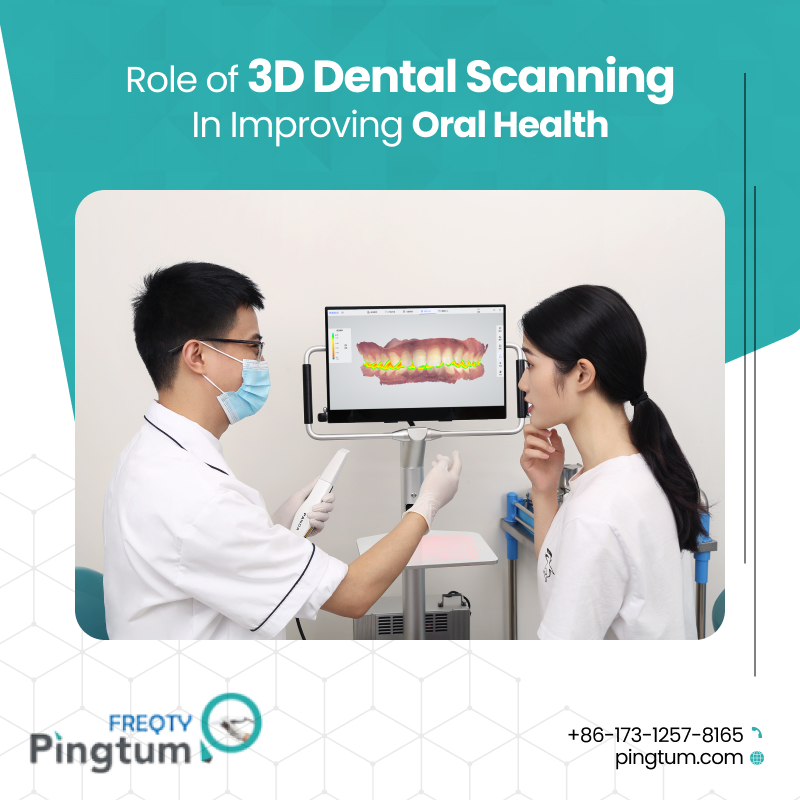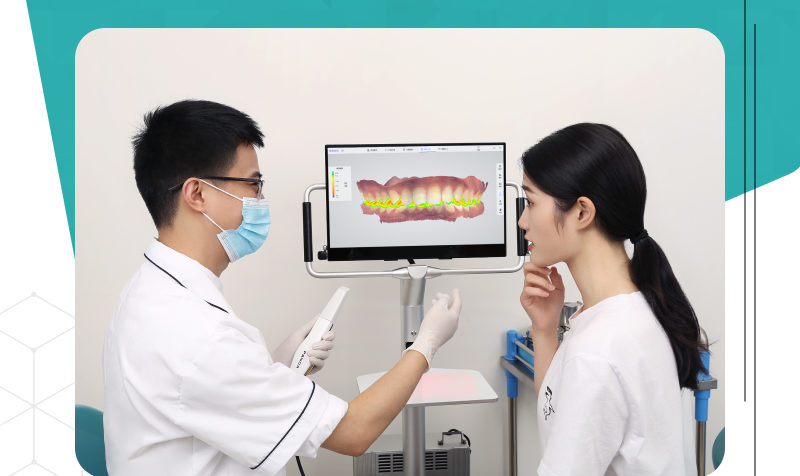An experienced oral health specialist knows that modern dental technology offers several benefits to patients and serves the purpose better than conventional ones. Today, most dentists prefer 3D dental imaging as it is more accurate and less invasive than traditional x-rays. If you plan to provide cosmetic or restorative dentistry services like dental implants, you must know more about the 3D dental scanner and its utility. You will then feel informed and confident while offering treatment. Remember, a lot of people choose a dentist based on the kind of machines they use and the techniques they implement.
How does 3D Dental Scanning Work?
Dentists use the 3D dental scanner, a special machine, to take pictures of their patient’s teeth and jaw. It lets them have a better look at your teeth by developing a 3D image, just like how it appears in real life. This process makes it convenient for oral health specialists to plan their treatment effectively. Also, they can accurately diagnose dental health concerns as 3D scanning lets them understand the width, depth, and height of every individual tooth.
3D imaging is suitable for different dental procedures. It includes orthodontic treatment, TMJ treatment, dental implant placement, oral surgery, root canal therapy, tooth extractions, sleep apnea treatment, and more.
Traditional x-rays are gradually becoming outdated as they provide a limited picture to dentists. Doctors now prefer an intraoral scanner that will let them have a clear picture of your teeth, nerves, muscles, infection, disease, and more.

What can a Patient Expect?
A dentist may ask his or her patient to stand, sit, or lie down, depending on the kind of 3D dental technology he or she uses but it is most common to sit down for virtual dental x-rays as patients find it comfortable. It also accommodates people with disabilities.
Ask your patient to keep his or her head on a chin rest to prevent any movement during the scan. The device will then rotate around the patient’s head for some time to get pictures of his or her skull, teeth, and jaw. During the process, the patient will be exposed to some radiation, but it is significantly lesser when compared to conventional dental x-rays.
How is 3D Dental Scanning Useful to a Dental Specialist?
A lot of patients prefer a 3D dental scanner as it is time-saving and produces more accurate outcomes. Moreover, this innovative process also supports cosmetic dentists, tooth restoration experts, and orthodontists in planning their treatment. For instance, the machine can examine bone quality so that the oral health expert can determine if dental implants will suit a particular patient.






